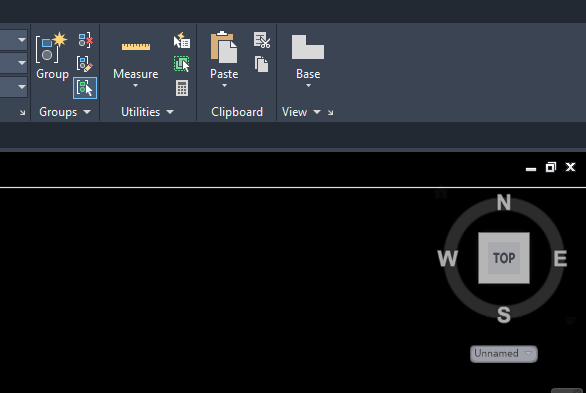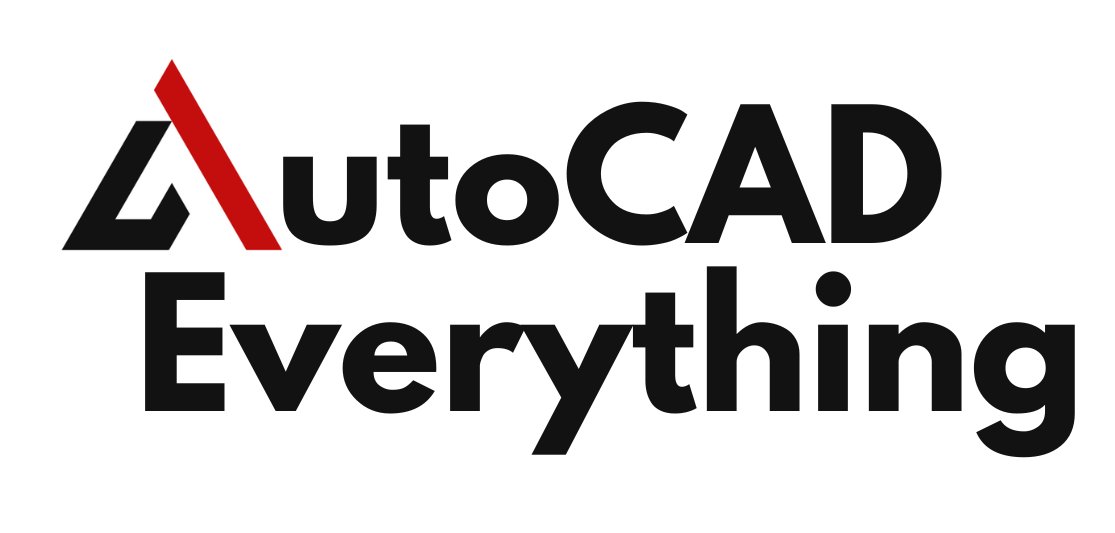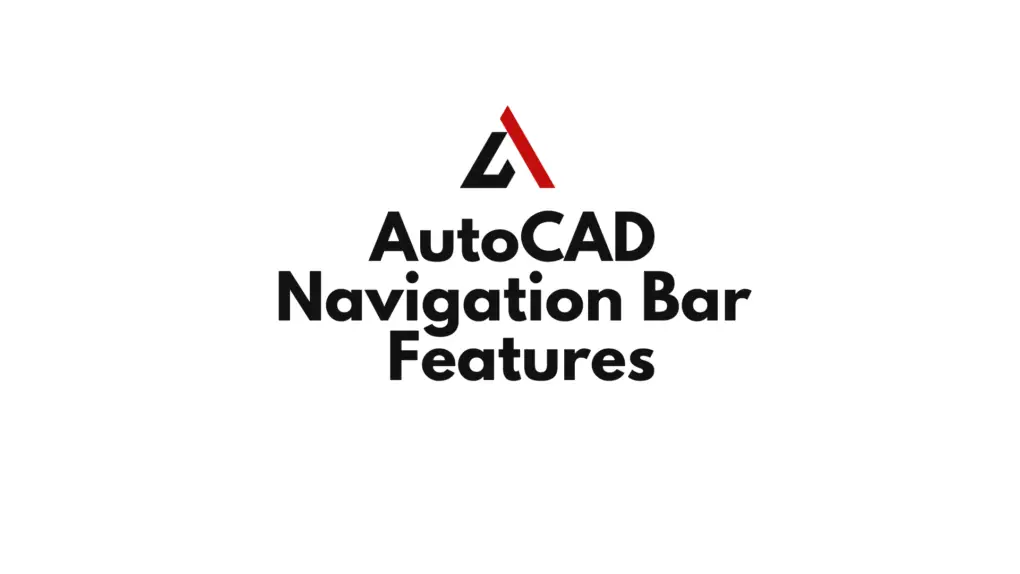Introduction
AutoCAD is a powerful tool for design and drafting, offering a suite of features that enhance your ability to create precise 2D and 3D drawings. One of the key components that significantly improves your workflow is the Navigation Bar, a versatile set of tools designed to help you navigate your drawings with ease. Whether you’re working in 2D or 3D, understanding how to use the Navigation Bar’s features—such as Zoom, Pan, and Orbit—can greatly enhance your efficiency and control. This article provides an in-depth exploration of the AutoCAD Navigation Bar and its essential tools.
Table of Contents
What is the AutoCAD Navigation Bar?
The Navigation Bar in AutoCAD is a floating toolbar that contains a collection of tools specifically designed to help you navigate around your drawing. It is typically located on the right side of the AutoCAD interface and provides quick access to navigation commands without needing to use the Command Line or menus. The Navigation Bar is particularly useful in 3D modeling, where spatial navigation is critical, but it also offers valuable tools for 2D drafting.

Key Features of the AutoCAD Navigation Bar
Zoom Tool
- Description: The Zoom tool allows you to change the magnification of your drawing area, making it easier to focus on specific details or get an overview of your entire project.
- How to Use:
- Zoom In/Out: Click the Zoom tool on the Navigation Bar, then click and drag up to zoom in or down to zoom out.
- Mouse Wheel: Alternatively, you can use the mouse wheel to zoom in and out. Scroll forward to zoom in and backward to zoom out.
- Zoom Extents: This option zooms to the extents of all visible objects in your drawing, fitting them perfectly within the viewport.
- Zoom Window: Allows you to specify a rectangular area to zoom into by clicking and dragging over the desired section.
Pan Tool
- Description: The Pan tool lets you move the drawing view horizontally or vertically without changing the magnification. This is essential for shifting your view to different areas of your drawing without disrupting your zoom level.
- How to Use:
- Activate Pan: Click the Pan tool on the Navigation Bar. The cursor changes to a hand icon, allowing you to click and drag the drawing in any direction.
- Mouse Shortcut: Hold down the mouse wheel (or middle mouse button) and drag to pan across the drawing.
- Pan Realtime: While in the Pan mode, you can drag continuously in any direction to explore different parts of your drawing smoothly.
Orbit Tool
- Description: The Orbit tool is a 3D navigation feature that allows you to rotate your view around an object or scene, providing different perspectives of your model. This is particularly useful for examining 3D models from various angles.
- How to Use:
- Activate Orbit: Click the Orbit tool on the Navigation Bar. Click and drag the cursor to rotate the view around the 3D model.
- Constrained Orbit: Press and hold the Shift key while using Orbit to constrain the rotation to specific planes (horizontal or vertical).
- Free Orbit: Select Free Orbit from the Orbit menu to rotate the view freely around all three axes, allowing for unrestricted movement.
ViewCube
- Description: The ViewCube is an interactive 3D navigation tool that provides quick access to standard and isometric views of your model. It displays in the upper right corner of the drawing area and shows the current orientation of the model.
- How to Use:
- Click Faces: Click on the faces of the ViewCube to switch to standard orthogonal views (Top, Front, Right, etc.).
- Click Corners/Edges: Click on the corners or edges of the ViewCube to switch to isometric views.
- Rotate the Cube: Click and drag the ViewCube to manually rotate the view to any desired angle.
SteeringWheels
- Description: SteeringWheels, or Wheels, are customizable navigation tools that provide quick access to various navigation and visual styles. They combine several functions, such as Pan, Zoom, and Orbit, into a single tool.
- How to Use:
- Activate SteeringWheels: Click the SteeringWheels tool on the Navigation Bar. The Wheel appears around the cursor, with different sections for Pan, Zoom, Orbit, and other tools.
- Click Sections: Click on the different sections of the SteeringWheel to activate specific tools, such as Pan or Orbit.
- Customizing Wheels: Right-click on the SteeringWheel to access customization options, allowing you to adjust the size, opacity, and functions of the Wheel.
ShowMotion
- Description: ShowMotion is a tool used primarily in 3D modeling to create and manage cinematic view transitions between different perspectives. It allows you to create walkthroughs or flyovers of your model.
- How to Use:
- Activate ShowMotion: Click the ShowMotion tool on the Navigation Bar to open the ShowMotion interface.
- Create Views: Define different views or camera positions within your model and save them as motion views.
- Play Motion: Use the play option to smoothly transition between saved views, creating an animated sequence that showcases your model from various angles.
Navigation Bar Customization
Adding/Removing Tools
- Customize the Navigation Bar: You can customize which tools appear on the Navigation Bar by right-clicking on the bar and selecting or deselecting tools from the context menu. This allows you to tailor the Navigation Bar to your specific needs, ensuring quick access to the tools you use most often.
Docking and Positioning
- Moving the Navigation Bar: The Navigation Bar is typically docked on the right side of the AutoCAD interface, but you can undock and reposition it anywhere on your screen. This is useful if you prefer a different layout or are working with multiple monitors.
- Auto-Hide Feature: Enable the Auto-Hide feature to make the Navigation Bar disappear when not in use, minimizing clutter in your workspace. Hovering over the bar will make it reappear.
Using Shortcuts with Navigation Tools
- Keyboard Shortcuts: Many of the Navigation Bar tools have associated keyboard shortcuts for even faster access. For example, you can press
Zfor Zoom,Pfor Pan, andShift+Middle Mouse Buttonfor Orbit. - Mouse Controls: In addition to keyboard shortcuts, you can use your mouse wheel for quick navigation, such as scrolling to zoom or clicking the middle button to pan.
Optimizing Workflow with Navigation Tools
Combining Zoom, Pan, and Orbit
- Fluid Navigation: For a smoother workflow, combine the use of Zoom, Pan, and Orbit tools. For example, zoom into a specific detail of your drawing, pan to adjust the view, and then use Orbit to examine the detail from different angles in 3D.
- Context Switching: Quickly switch between 2D and 3D navigation tools depending on your current task. This flexibility ensures that you can move through your drawing efficiently, regardless of its complexity.
Using ViewCube with Orbit
- Precise View Management: While Orbit offers free movement, use the ViewCube for precise view management. The ViewCube ensures that you can return to standard views like Top, Front, or Isometric with a single click, making it easier to navigate complex models.
- Setting Default Views: You can set specific views as defaults within the ViewCube, allowing you to quickly return to a preferred orientation after navigating around your model.
Utilizing SteeringWheels for Comprehensive Control
- All-in-One Navigation: SteeringWheels provide a comprehensive navigation toolset in a single interface. Use it when you need quick access to multiple navigation tools without switching between them.
- Visual Style Adjustments: SteeringWheels can also include visual style adjustments, allowing you to switch between different rendering styles (e.g., wireframe, shaded) as you navigate through your model.
Suggested- AutoCAD UCS
Conclusion
The Navigation Bar in AutoCAD is a powerful feature that enhances your ability to move through your drawings with ease and precision. By mastering tools like Zoom, Pan, Orbit, and leveraging advanced features like ViewCube and SteeringWheels, you can significantly improve your efficiency and control in both 2D and 3D environments. Whether you’re navigating complex 3D models or focusing on detailed 2D plans, the Navigation Bar provides all the tools you need to manage your views effectively.
FAQs
- How do I enable the Navigation Bar in AutoCAD?
The Navigation Bar is typically enabled by default. If it’s not visible, you can turn it on by typingNAVBARinto the Command Line and setting it to1. - What is the difference between the Pan tool and the Orbit tool?
The Pan tool moves the view horizontally or vertically within the same plane, while the Orbit tool rotates the view around a 3D model, allowing you to see it from different angles. - Can I customize which tools appear on the Navigation Bar?
Yes, you can customize the Navigation Bar by right-clicking on it and selecting or deselecting tools from the context menu. - How do I return to a standard view after using Orbit?
You can quickly return to standard views using the ViewCube. Click on the faces, edges, or corners of the ViewCube to switch to Top, Front, Isometric, or other predefined views. - What are SteeringWheels in AutoCAD?
SteeringWheels are customizable navigation tools that combine functions like Pan, Zoom, and Orbit into a single interface, allowing for comprehensive control of your view

